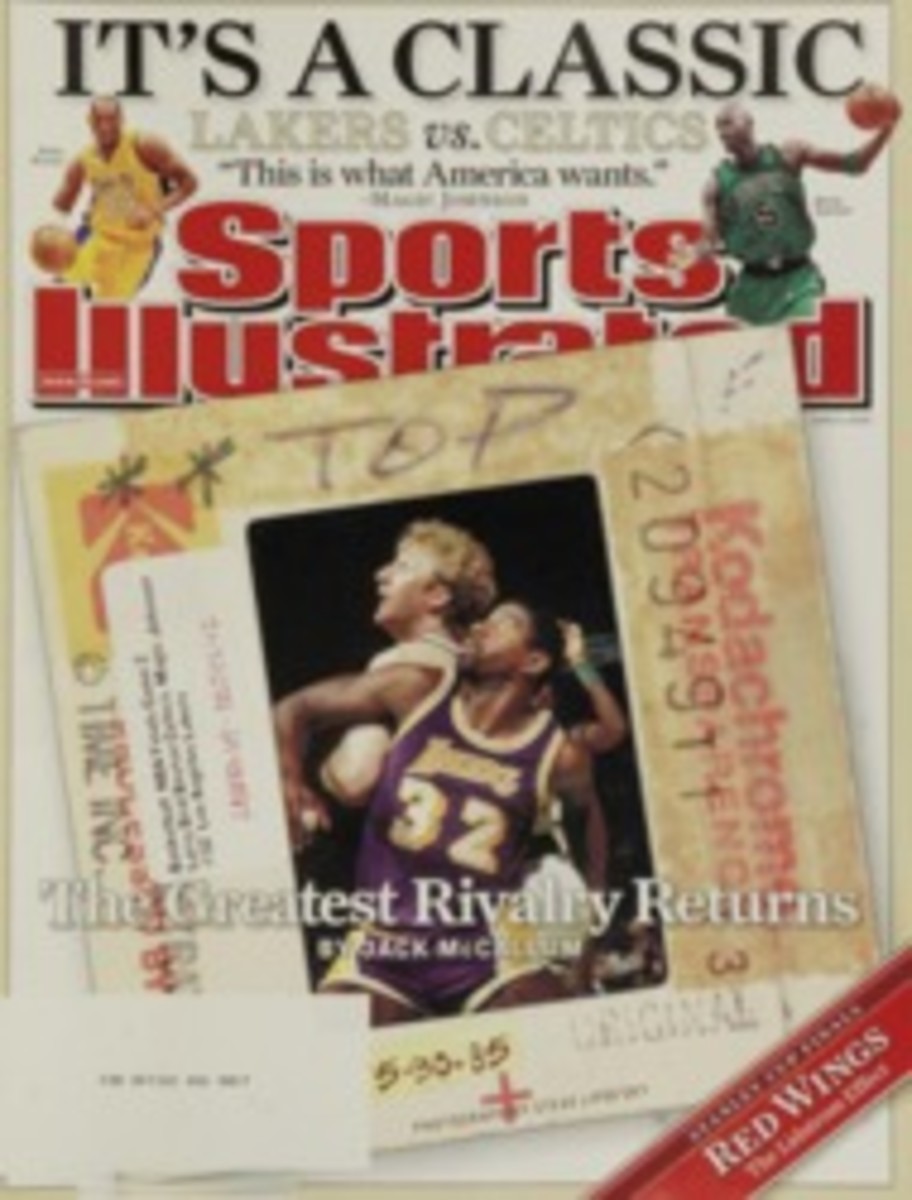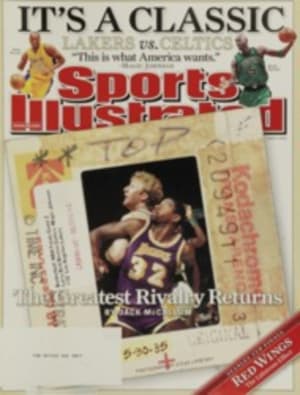
The Heist
DURING A winter inwhich Johan Santana, Miguel Cabrera, Erik Bedard, Miguel Tejada and Dan Harenwere traded, the White Sox' acquisition of Arizona outfielder Carlos Quentinbarely registered as a blip. Quentin, after all, had hit only .214 in 2007 forthe Diamondbacks and yielded only a Class A first baseman (Chris Carter) inreturn. The swap was widely viewed as extraneous tinkering by trade-lovingWhite Sox general manager Ken Williams, or even worse, a Williams mistake.
On the advice ofSox scouts Gary Pellant and Joe Butler, Williams looked past Quentin's weakstats last season. "He basically hit with one hand," Williams says,citing tears in Quentin's left labrum and rotator cuff that dogged himthroughout the year.
Despite assemblinga roster that unexpectedly won the 2005 World Series and having had only onelosing season in his seven at the Chicago helm, Williams—not one to worship atthe altar of statistics in a stats-driven industry—has taken his shots. InApril, Forbes misguidedly named him baseball's third-worst G.M., and he isunflatteringly portrayed in the popular 2004 book Moneyball. For now, though,Williams holds the title of the exec who pulled off the Heist of theOff-season.
The 25-year-oldQuentin has been the biggest reason for another Williams-crafted South Sidesuccess story. After a poor spring in which he was in jeopardy of being sent tothe minors until speedster Jerry Owens went down with a groin injury, Quentinfinished last week second in the American League in home runs (14), RBIs (48)and slugging percentage (.571) and sixth in on-base percentage (.396). Quentin,Williams explains, wasn't merely a target of the White Sox last winter but anobsession going back to last year's trade deadline, when the clubunsuccessfully tried to deal for him.
"He's anall-around player. And he's intelligent, intense and hard-working," saysWilliams, 44, himself a former corner outfielder and, like Quentin, a Stanfordman.
Counting theQuentin deal and his more headline-grabbing off-season acquisitions ofoutfielder Nick Swisher and shortstop Orlando Cabrera, Williams has acquired152 players in 55 big league trades in the last seven years. The A's BillyBeane—the only other current G.M. to have played in the big leagues (Beane'scareer average was .219, one point higher than Williams's)—calls Williams hisfavorite trading partner.
"He knowswhat he wants," Chicago assistant G.M. Rick Hahn says of his boss, "andhe knows what he's willing to give up."
"I thinkpeople understand when they deal with the White Sox, we're not trying to winthe deal," Williams says. "The idea that one team got the best of adeal—that drives me nuts."
Swisher andCabrera, who have both energized the clubhouse, were acquired for commoditiesthat other general managers rarely trade these days. Swisher was obtained fromthe A's for three top prospects, including hard-throwing pitchers Gio Gonzalezand Fautino De Los Santos (some White Sox people cringed at losing therighthanded De Los Santos in particular), and Cabrera for serviceable,middle-of-the-rotation starter Jon Garland. Williams dealt Garland because hebelieved young starters John Danks, 23, and Gavin Floyd, 25, were ready tocontribute. They have proved him right: Danks, who was part of a five-playerdeal in Dec. '06 that sent Brandon McCarthy to the Rangers, had a 2.86 ERA inhis first 11 starts, and Floyd, who was obtained that same month in a tradethat sent Freddy Garcia to the Phillies, had held opponents to a .193 battingaverage in 64 1/3 innings. "If I recall, I was buried at the time [for theDanks and Floyd trades]," Williams says.
Nothing newthere.
 
ONLY AT SI.COM Get Jon Heyman's Daily Scoop.
PHOTO
MATT BROWN (QUENTIN)
Q RATING Despite his poor '07, Quentin had long been targeted by Chicago's brass.

